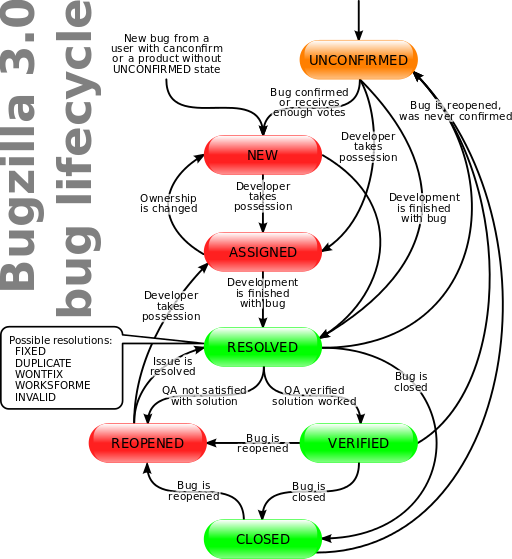It never ceases to amaze me how a simple operation like reporting how many people work for you can be so routinely manipulated:
- if a layoff occurs on the last day of a reporting period, many managers will disclaim responsibility for the people who actually worked during the period, saying that their effective headcount is the people who remain.
- other managers may farm out significant roles to agency workers or outside consultants, and not report such activity.
- others who are on leave of absence are ignored until their return to work.
- conversely, there are other managers who report the positions they are responsible for, whether or not they are actually filled, and whether or not one person is filling more than one position!
These areas (among others) contribute to unreliability in reporting and unpredictability in forecasting future needs. I would like to summarize some current best practice (of which a more precise summary is given
here), in the hope that it will help to improve what has been a rather messy situation.
What to report?
Managers must be held responsible for all activity that arises from the areas under their control, and there are several critical areas that need to be covered:
- staff who are on payroll (segregated into full-time, temporary/casual, and part-time)
- non-staff payroll (segregated into contingent labour and consultants)
- actual vs full-time equivalent (FTE) headcount
- internships
- workers on paid leave
- workers on unpaid leave
- workers who are on short-term or long-term disability, who are expected to return to work
- sickness and absence costs
- hours worked
- overtime hours
- vacancies at the end of the reporting period
- training costs
Definition of "headcount" - payroll employees
Segregate between:
- Permanent employees: those with contracts without expiry dates or on fixed-term contracts lasting more than 12 months
- Temporary/casual: those, excluding agency workers, with fixed-term contracts of 12 months or less, or are employed on a casual basis
- Part-time: those who work less than an organization's normal weekly hours
Include:
- Agency workers, when paid directly from payroll
- Those temporarily absent but still on the payroll (ie, on maternity leave)
- Seconded employees, where the organization is paying 50% or more of the related payroll cost
- Workers who only work part of the year, where they are being paid at the reporting date
- All those on paid leave
Exclude:
- Agency and other workers not paid directly from the payroll
- Seconded employees, where the organization is paying less than half the related payroll cost
- Self-employed workers
- Voluntary workers
- Former employees only receiving a pension
- Directors who do not receive a salary
- Workers who only work part of the year, where they are not being paid at the reporting date
- All those on career breaks
- All those on unpaid leave
Definition of "headcount" - non-payroll workforce
Segregate between:
- Contingent labour: workers engaged to cover business-as-usual or service delivery activities within an organization (whether agency workers, interim managers or more comprehensive outsourcing arrangements)
- Consultants: those providing management with objective advice relating to strategy, structure, management or operations of an organization, in pursuit of its purposes and objectives.
Counting workers
Headcount relates to the number of workers paid by or for the organization.
While all reporting must include continuity schedules that detail all activity affecting headcounts from opening to closing amounts (ie, hires, exits, going to and returning from leave, and so on), this must be compared to the full-time equivalents for the work actually performed during the reporting period. There are certain critical points to consider:
- Exclude overtime hours from FTE calculations
- Include the contracted working hours for each employee that worked during the reporting period, whether working, temporarily absent or on paid leave during that time
- Divide by the standard working hours of the organization
For the non-payroll workforce, hours must be gathered for all activity worked , in order to perform similar calculations. The related agreements and invoices rendered must note this information.
Other areas to consider
There are other areas that may be required, or may otherwise prove useful for reporting or forecasting purposes:
- diversity of the workforce
- workforce by age
- workforce by seniority
Method of reporting
The type of reporting really needs to be configured to the needs of the organization, but the above data must all be presented in it in a logical way. I prefer continuity schedules to prove movements from beginning to end, and from one bucket to another (ie, change of status from one category to another, going to and returning from paid or unpaid leave). Care is required in designing these reports, or the presentation of the data may otherwise prove cumbersome and difficult to understand. Many examples can be found in web searches, especially in the education sector.





